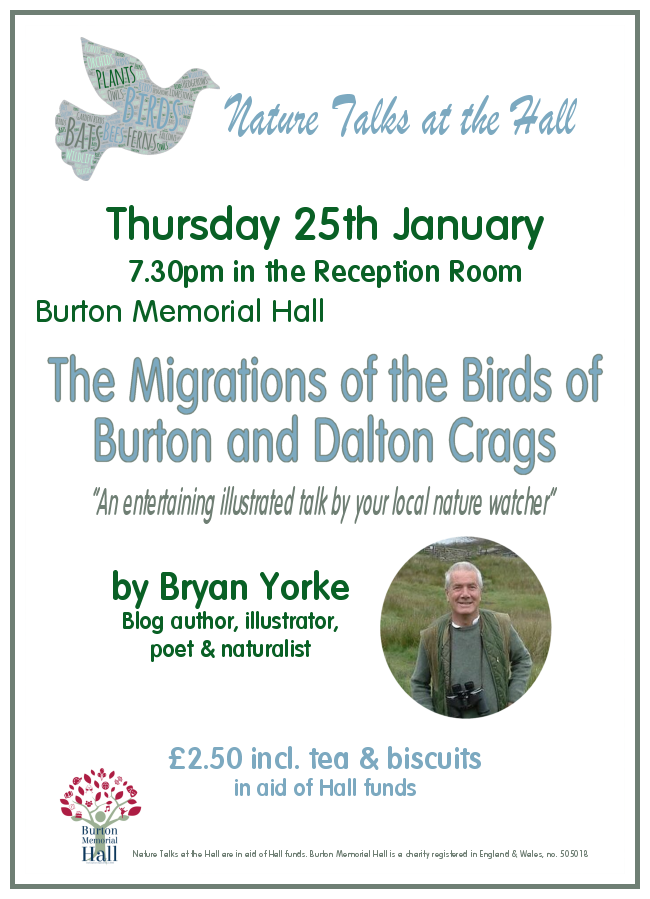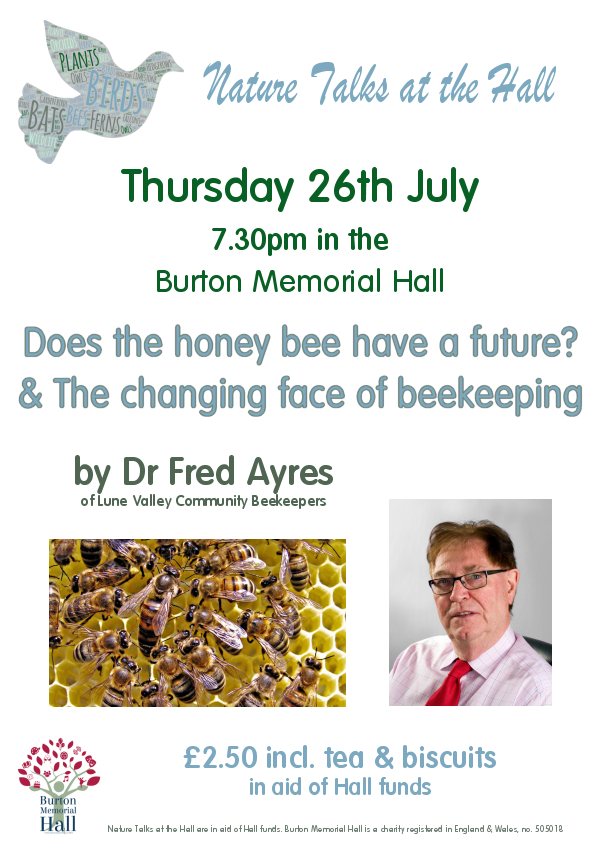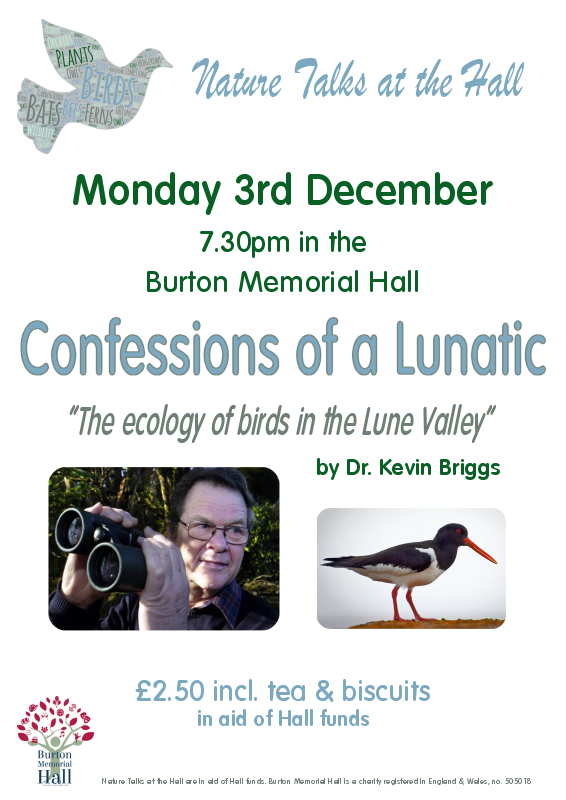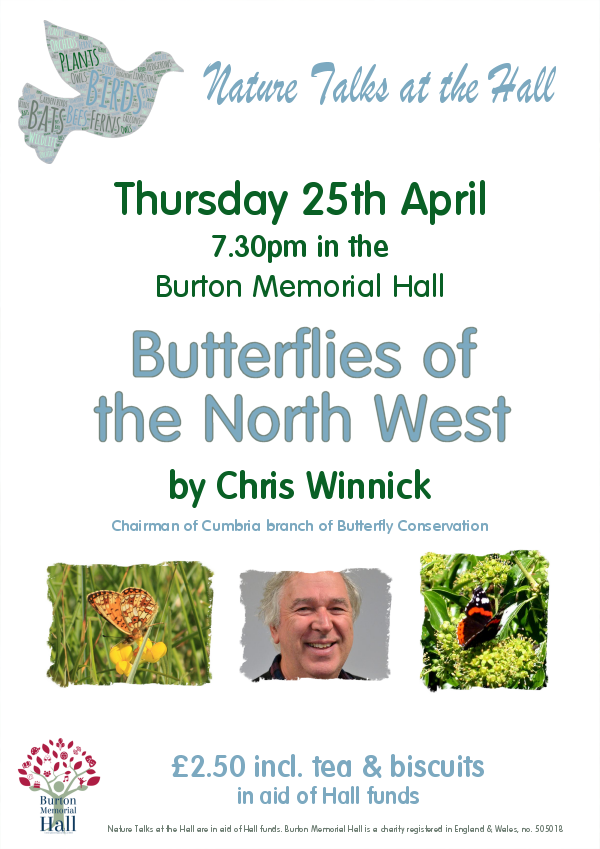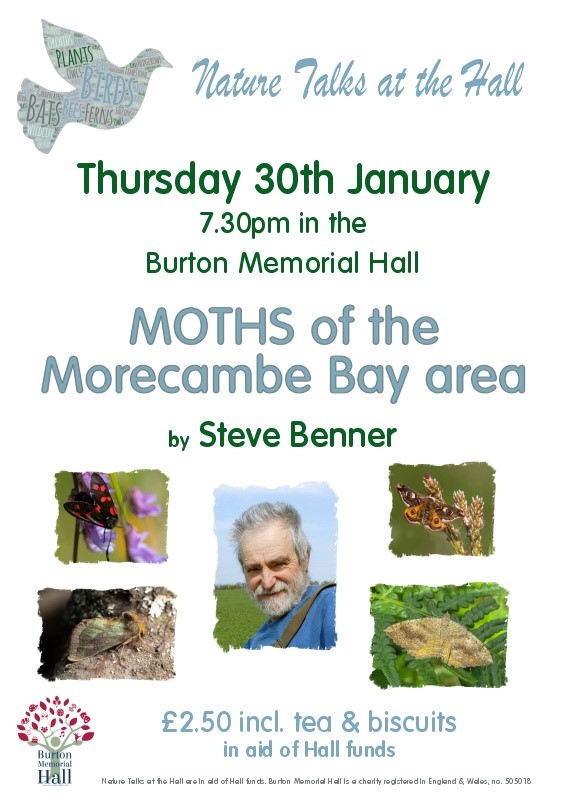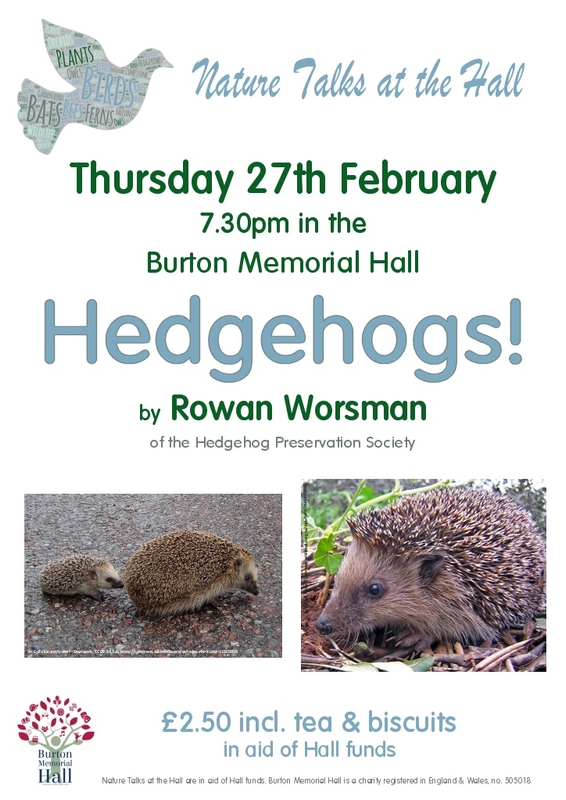Saturday 29th July 2017 - Hutton Roof 1000hrs to 1600hrs
This morning I must have been in the right place at the right time and was to witness a nice post breeding mixed party of birds which included "A Confusion of Warblers" there must have been almost 70 birds in total, but I got close up to them and the best was to see at least 30 or so Willow Warbler/Chiffchaffs, some were a beautiful yellow colour yet the majority were the regular greyish/browny colours. It was great to stand still and watch the birds crossing over and sort of flycatching whilst using all available canopies, but to see so many of the little beauties all at one go was quite special. Also in the same party was about 20 or so Long Tailed Tits, and a general assortment of Chaffinch and Great Tits.
Today always looked like it might rain, but to be honest I think the winds kept it away, because at times it was really blustery. Because of this I say little in the way of butterflies. After saying that though the lovely "Graylings" were plentiful and they must have had a cracking year. Also Meadow Browns were seen. Also one of the very large Dragonflies was seen hawking above the matured "bracken".
Whilst checking out some helliborines on the other side of Hutton Roof, I noticed a beautiful scollie! to give it it's correct title Asplenium scolopendrium variety Undulatum and here is a photo of the find:
| "Undulatum" |
| Southern Polypody - Cambricum (Click over to enlarge |
Now back to the orchids I went right across Hutton Roof this morning and collected three cages which have done little this year and so I have brought back to use on the Fell I am currently working on and two of them are already protecting two nice orchids.
How strange it was only yesterday I was writing something about predation and did mention that thankfully this year we have not experienced "black aphids" which is usually a annual event. Well well! I spoke too soon because today we have got them alright and not just on this fell but also the other fell where I was earlier and so two lovely helleborines are being taken over by aphids and black "farmer" ants.
| Large Helleborine which was part responsible for hybrid Schmalhauseneii No.2 |
And also almost one mile distant I had another smaller helleborine being attacked and you should have seen the ants "posture" wow they meant business up on their hind legs and if looks could kill!.
| Black Aphid on a newly emerging Helleborine (Click over to enlarge) The aphids always have black ants farming them. |
| Considered to be a "Chlorantha" or light phase in 2016 as this photo shows but then check out the next photo of the same plant taken today 29th July 2017 |
| Same plant in 2017 - showing far more colour than last year |
| A beauty close to Spec 40 and in partial canopy |
| Another helleborine today close to Hell 15 (Click over to enlarge) Next photo shows its territory |
| The small area where you can see the above Helleborine plus a couple more (Click over photo to enlarge) |
The above plant is a great specimen and this little area does have quite a few that take on a "dark form" yet also close to them within a metre or so there are also usual standard forms.
Thursday 27th July 2017 - Hutton Roof 0830hrs to 1130hrs
| A good example of light and shade (Click over to enlarge) |
| A closer photo of the "light phase" plant on the edge of canopy (Click over to enlarge) |
| This one is one metre back and within canopy and shows lots of "darkness" forming (Click over to enlarge) |
| This photo was taken on the 10th July 2017 (Click over to enlarge) |
| 17d, 17e, and 17f taken on 27th July 2017 |
| Lovely little Helleborine got some sort of problem with dark spotting on the stem (Click over to enlarge) |
| Same plant as above |
It was lashing it down all morning (thanks for waterproofs), but really slippy should not have bothered today really too "dangerous" a very close shave on one occasion but I wanted to get the totals for the Broad Leaves on the particular fell I have been working on this year and the total came to 136 with 88 active and 48 predated (has at 27th July 2017). So I am well impressed with that because I thought we only ever had about one hundred on this fell, but it seems I had previously under estimated. So it looks like if things stayed as they were we are losing about 1/3rd to predation which I don't think is too bad when you consider we do have at least one deer (or more) and a couple of Brown Hares.
Still the odd hybrid or two popping up. I had this yesterday whilst searching out the Western Front for helleborines. These plants are obviously hybrids and just starting to go over.
| A nice surprise of 3 hybrids with atroruben flowers on 27th July 2017 (Click over to enlarge) |


.jpg)
.jpg)




.jpg)




+(Small).jpg)
.JPG)


